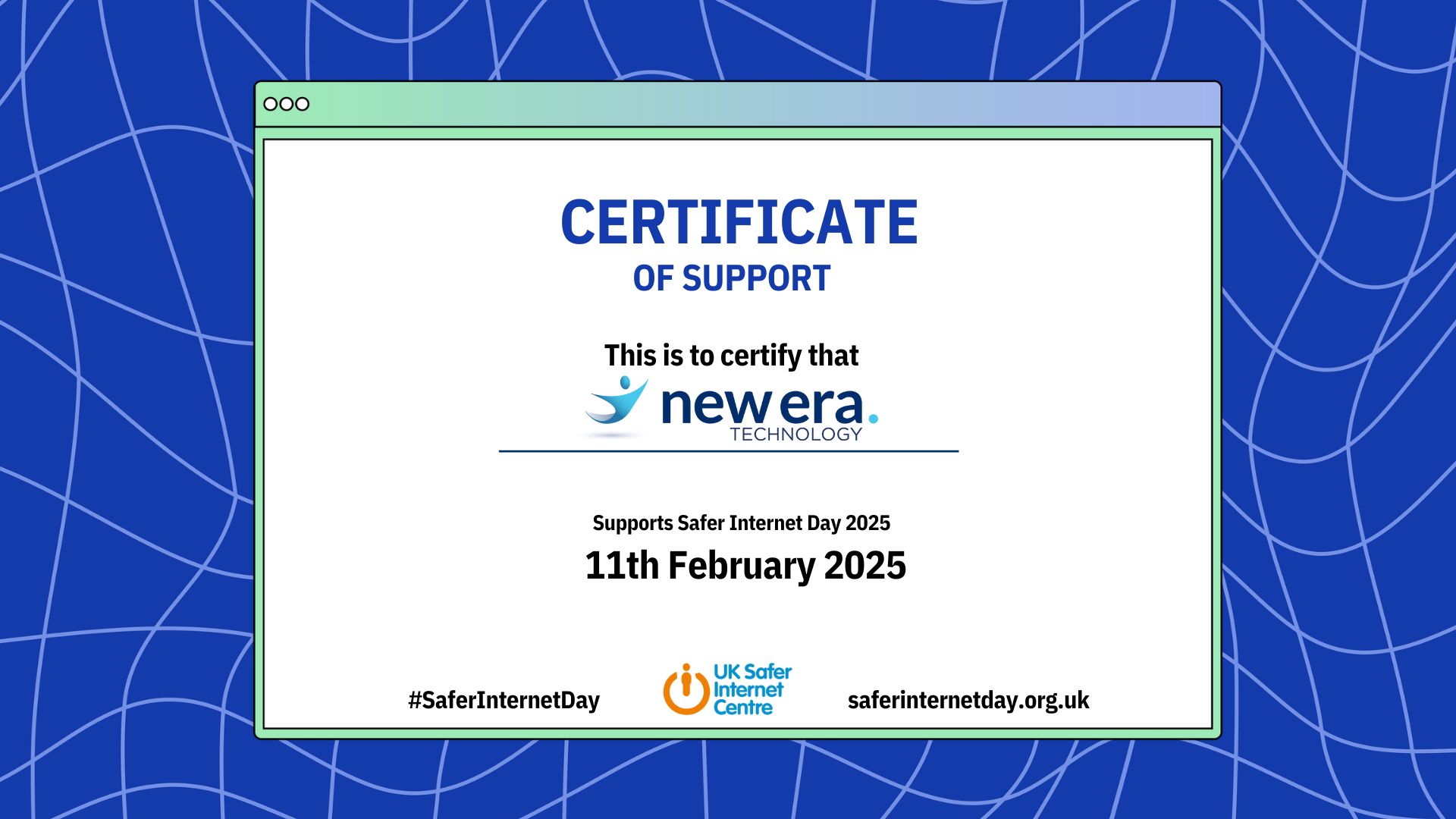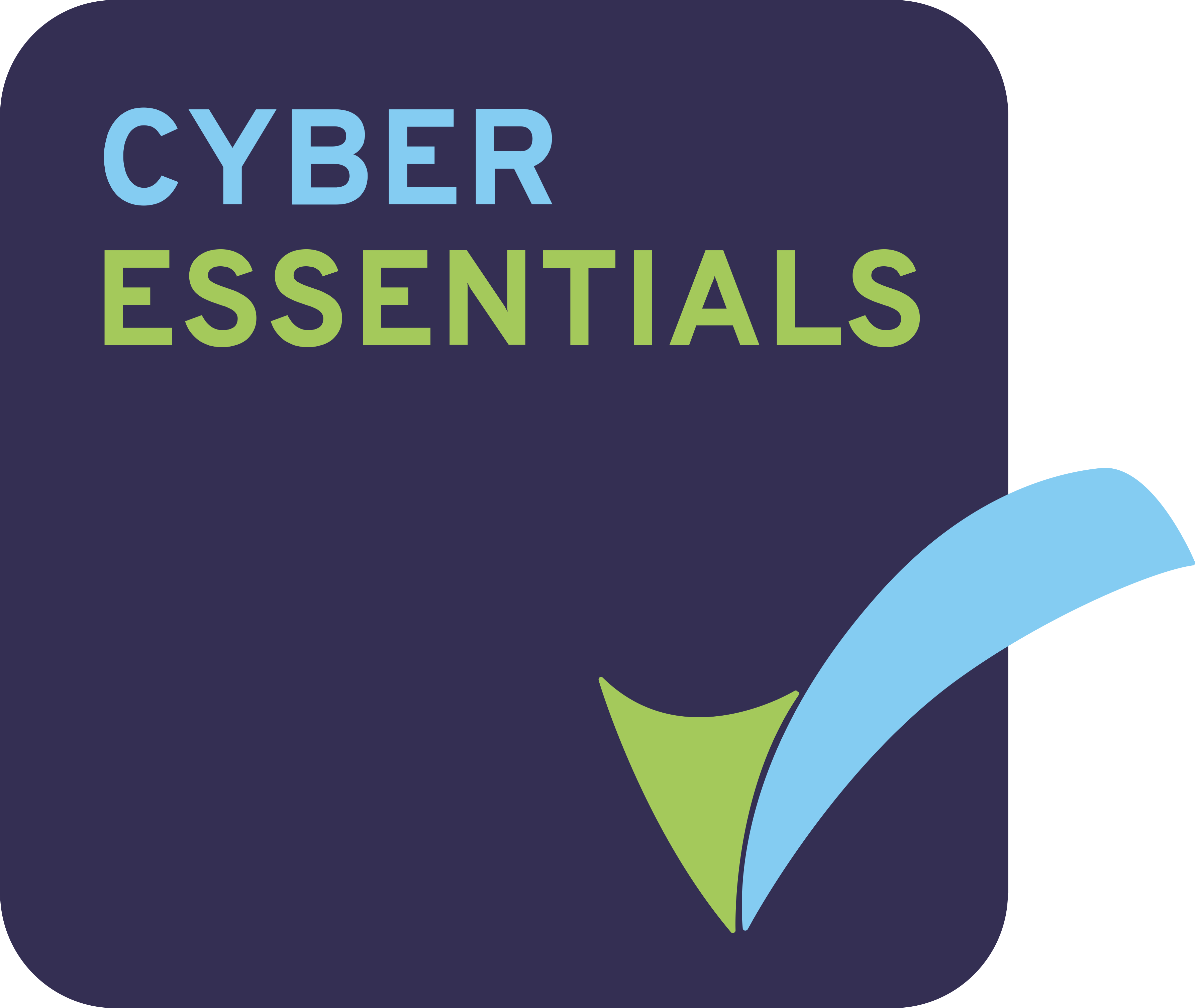As video collaboration becomes integral to professional services, securing these environments is more critical than ever.
A strong security strategy not only protects sensitive communications but also ensures compliance with industry standards. However, the success of any security initiative hinges on two key factors: user adoption and measuring effectiveness. Here’s how to deploy, implement, and refine a video collaboration security strategy that works.
Deploying a Secure Video Collaboration Strategy
Before implementing security measures, conduct a comprehensive risk assessment to identify vulnerabilities in your video collaboration setup. Choose a platform with robust security features, including:
- End-to-End Encryption for Video Calls – Protects conversations from unauthorised access.
- Multi-Factor Authentication (MFA) for Video Calls – Adds an extra layer of user verification.
- Role-Based Access Control (RBAC) in Video Collaboration – Limits permissions based on user responsibilities.
- Secure Data Storage – Ensures compliance with data protection regulations.
- Once the right platform is in place, establish clear security policies covering:
- User Access Controls: Restrict access based on role and necessity.
- Best Video Conferencing Security Measures: Enforce password protection, waiting rooms, and participant approvals.
- Software Updates: Regularly update applications to patch vulnerabilities.
- Incident Reporting: Define protocols for reporting and handling security breaches.
Ensuring User Adoption Without Disrupting Productivity
A security strategy is only effective if employees use it correctly. Many security breaches occur due to human error, making user adoption a critical success factor.
Make Security Seamless and User-Friendly
If security measures are too complex, users will find workarounds. Reduce friction by:
- Automating security settings (e.g., defaulting meetings to private mode).
- Using Single Sign-On (SSO) to streamline authentication.
- Providing easy-to-follow security guidelines tailored to real-world workflows.
- Train Employees with Hands-On Learning
- Effective training ensures that security is a shared responsibility. Best practices include:
- Hosting interactive training sessions with live demos.
- Conducting simulated phishing and social engineering exercises.
- Offering on-demand resources and refresher courses as threats evolve.
Foster a Security-First Culture
Security isn’t just an IT issue; it’s an organisational priority. Encourage engagement by:
- Recognising employees who follow best practices or report threats.
- Appointing security champions within departments to promote awareness.
- Using real-world case studies to demonstrate the impact of poor security practices.
- By making security a shared responsibility, adoption becomes an ongoing habit rather than a forced policy.
- Measuring the Success of Your Security Strategy
- To continuously improve, track key performance indicators (KPIs) that reflect both security effectiveness and user adoption.
Adoption Metrics
- Policy Compliance Rate: How many employees follow security protocols?
- Training Completion Rate: Are employees completing required security training?
- User Feedback: Do employees find the security measures easy to use?
- Security Performance Indicators
- Incident Response Time: How quickly are threats detected and mitigated?
- Unauthorised Access Attempts: Are there frequent failed logins or suspicious activity?
- Data Breach Reports: Has there been a decline in security incidents?
Continuous Improvement
Security is never a one-time setup; it must evolve with emerging threats. Best practices include:
- Conducting regular security audits and penetration testing.
- Updating security policies as new threats arise.
- Staying informed about industry regulations and compliance requirements.
Conclusion
A successful video collaboration security strategy goes beyond technical safeguards—it requires seamless integration, user engagement, and ongoing evaluation. By making security easy to adopt and continuously measuring success, organisations can protect sensitive communications without disrupting productivity.
- Secure Virtual Meetings: Ensure confidentiality and access control in all video conferences.
- Preventing Security Breaches in Video Meetings: Identify risks and mitigate threats proactively.
- Ensuring Compliance in Video Collaboration: Stay aligned with industry regulations and best practices.
- How to Secure Video Collaboration Platforms: Implement the most effective security measures.
- User Adoption of Secure Video Conferencing Policies: Encourage employees to prioritize security in daily workflows.
- Best Practices for Video Security: Apply security standards to all video collaboration efforts.
- Best Video Conferencing Security Measures: Keep video meetings secure through advanced protocols.
Adopt. Train. Measure. Improve. That’s the key to securing your video collaboration environment effectively.

 Australia
Australia Canada
Canada LATAM
LATAM New Zealand
New Zealand UAE
UAE United States
United States








